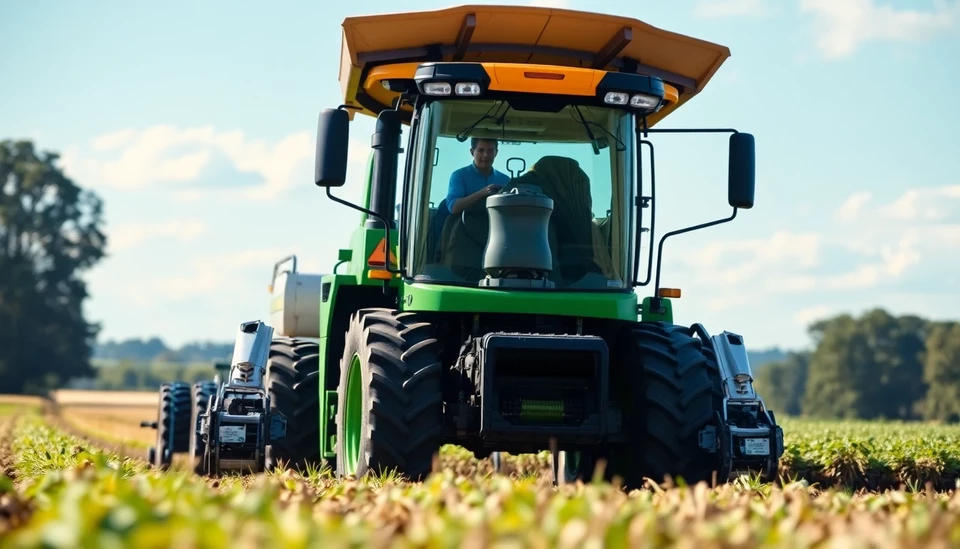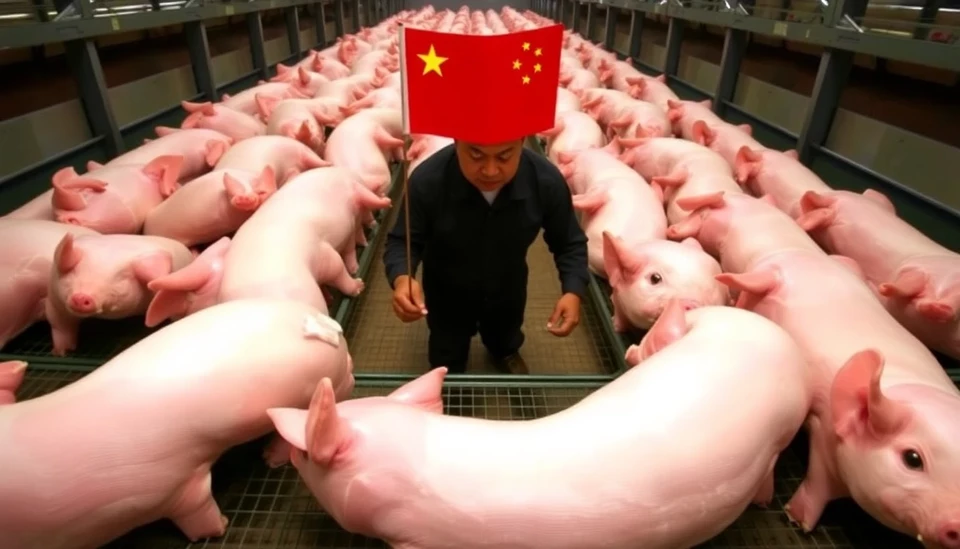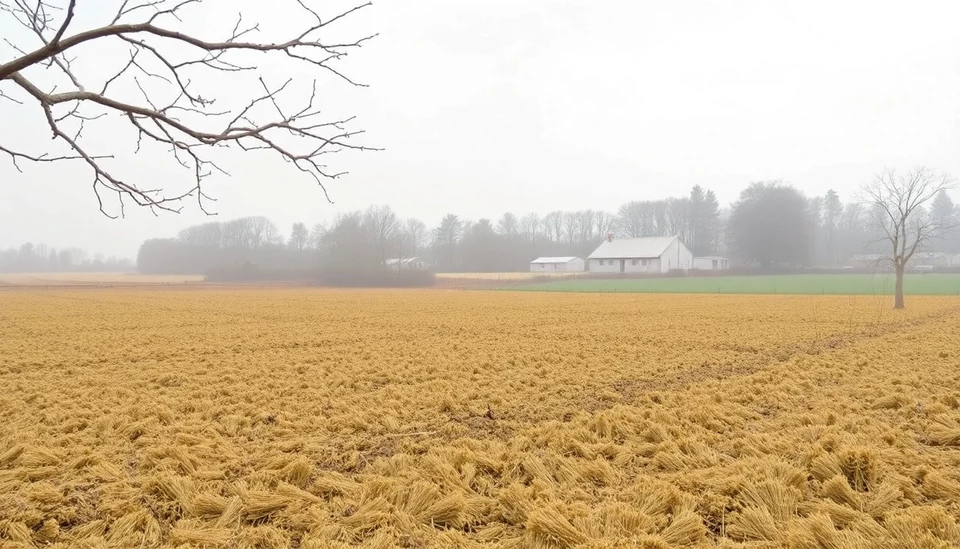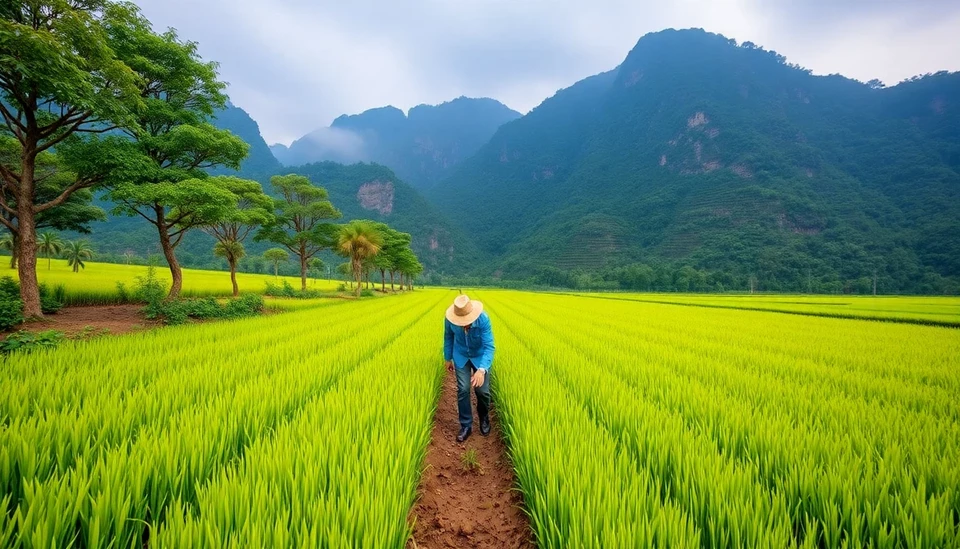
As the global agricultural landscape shifts towards increased automation, recent developments in robotics and advanced farm equipment are paving the way for a new era in farming practices. Numerous companies are enhancing their offerings with innovative technologies aimed at optimizing efficiency and productivity. This transformation is not merely a trend but a critical shift necessitated by changing consumer demands and labor shortages across the globe.
Among the forefront players of this automation revolution are several tech startups and established agricultural machinery manufacturers. These companies are unveiling a range of cutting-edge machines that are increasingly capable of performing tasks traditionally managed by human laborers. From autonomous tractors to drones equipped with advanced sensors, the tools available to farmers today are designed to maximize yield while reducing dependence on manual labor.
The increasing reliance on automation has become essential due to a dramatic rise in labor costs and a declining workforce in agriculture. A combination of factors including an aging demographic of farm workers and challenging working conditions has resulted in labor shortages, prompting the industry to seek technological solutions. Farmers are recognizing that investing in robotics and automated machinery can mitigate these challenges and offer long-term financial benefits.
One notable advancement in the sector is the development of sophisticated autonomous tractors that can carry out various farming operations without human intervention. These tractors are equipped with GPS technology and AI-driven systems that allow them to navigate fields, sow seeds, and harvest crops with high precision. The incorporation of such technologies not only aids in maximizing productivity but also minimizes the environmental impact of farming practices.
Moreover, robotics in agriculture is not limited to tractors alone; drones are becoming indispensable tools in modern farming. These aerial devices facilitate crop monitoring, enabling farmers to assess land conditions, identify pest infestations, and apply treatments efficiently. The images and data gathered by drones assist farmers in making informed decisions that enhance yield while conserving resources.
As the push for automation intensifies, the industry is also witnessing collaboration between tech companies and agricultural entities aimed at developing integrated solutions tailored to specific farming needs. These partnerships are fostering innovation by combining expertise in software and hardware to create robust tools designed to tackle the evolving challenges of the agriculture sector.
In conclusion, the future of agriculture looks increasingly automated as more farmers look to technology to bridge the gap created by labor shortages and increased operational demands. As nations focus on boosting food production sustainably, the marriage of machinery and AI within the farming landscape will likely become more prevalent, shaping the next generation of agricultural practices.
#Agriculture #Automation #Robotics #FarmingTech #SustainableFarming #AgTech #Drones #Innovation #AIinFarming
Author: Laura Mitchell




